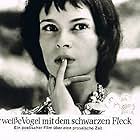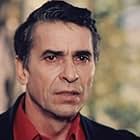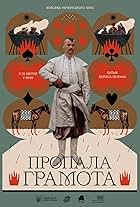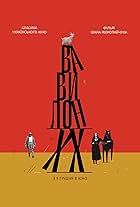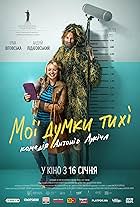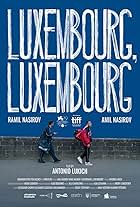Out of each of Ilyenko's first three feature films, The White Bird Marked with Black is the most accessible. It finds a middle ground between A Spring for the Thirsty's stark minimalism and Eve of Ivan Kupalo's surreal maximalism. This middle ground shows an Ilyenko who got his craziest experiments out of the way, brilliant though they were, and is more interested now in producing a more conventional narrative. Perhaps Soviet censorship also had to do with the more conventional narrative; the previous films were big enough risks that resulted in censorship so it'd be understandable to want a bit of a break. The worldview of the film is less at odds with the Soviet line, although this may reflect Ilyenko's thinking rather than Soviet pressure: sometimes to survive, a people has to adapt, however painful the adaptation may be.
Although it has a more conventionally told narrative than Ilyenko's other films, it's not an easy film per se and watching it benefits from at least a bit of rough knowledge of the time period it's set in. Showing the effects of war on the peasant population, it focusses on a group of brothers and a few other characters, showing how their reactions to the constant territorial change differs. In one amusing scene, the father explains why he has so many different clocks: one for the time zone of each of the countries that take over the territory, so that he doesn't have to keep changing the time when a different empire takes over.
Although The White Bird Marked With Black is not directed in such an unconventional way as his previous two films are, Ilyenko maintains his good eye for colour. The composition of most of the shots is simply stunning. Even the indoor scenes are beautifully presented. Camera movement also makes some scenes very fluid. The camera is positioned on the end of fast-moving rafts and during dance scenes it gracefully spins around the dancers, mimicking their movements.
This is a complex film, and beneath the surface there is a wealth of themes, exploring the preservation national identity, futile resistance and adaptation. It's rich in meaning. The overall intention behind this film is more nuanced than Ilyenko's previous work. Just as Ilyenko no doubt had to make difficult choices to get it passed by censors, a people must sometimes make difficult choices in order to survive.













